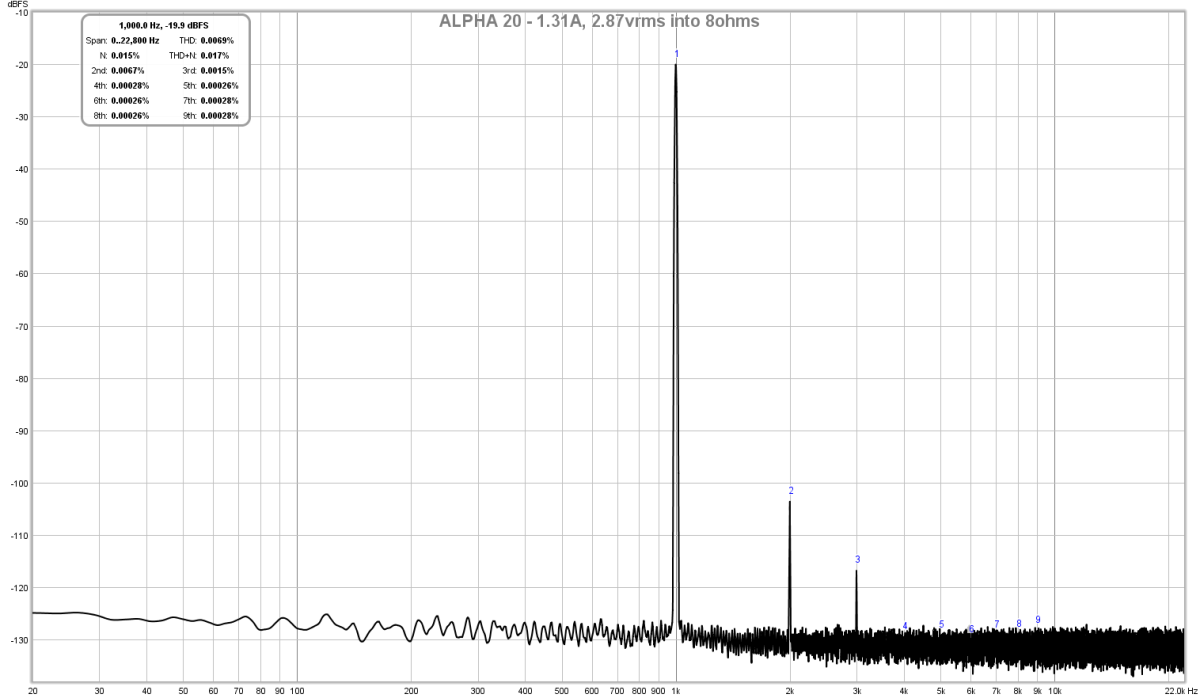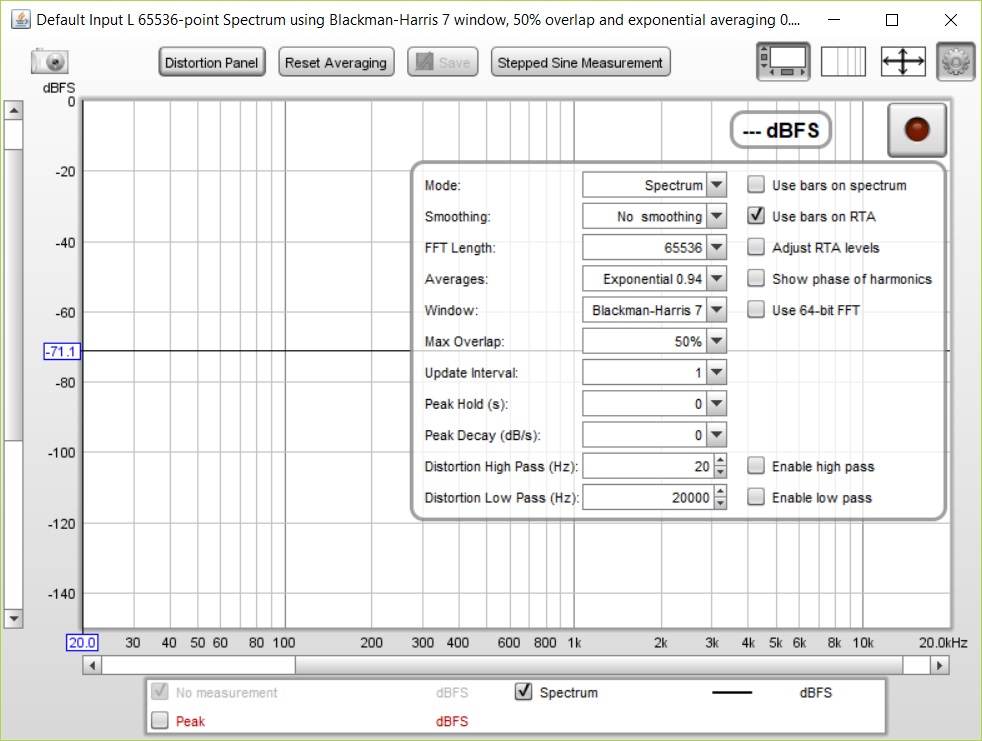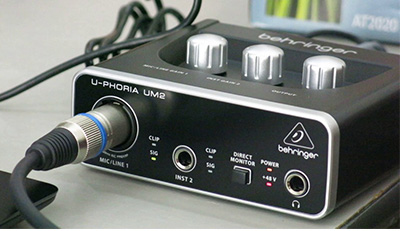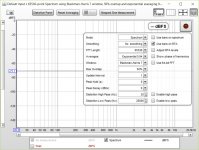TungstenAudio - After reading the P3 adjustment thread and watching 6L6's video along with FFT tutorials, I agree with you on a distortion analyzer. I'm not that computer literate, and I've been using a scope for decades.
Although, I now understand why 6L6 said to just leave P3 in the middle, at the end of his video the final adjustment was very close to the middle.
However, my intent is to learn as much as I can, along with building an awesome stereo.
I'm going to spend my allowance on the enclosures for the F5t, and then look for an HP339A.
Perfect way to spend some time on a rainy Memorial day, I wanted to spend the day at the race track, driving in the rain is no longer as much fun as when I was 20.
Although, I now understand why 6L6 said to just leave P3 in the middle, at the end of his video the final adjustment was very close to the middle.
However, my intent is to learn as much as I can, along with building an awesome stereo.
I'm going to spend my allowance on the enclosures for the F5t, and then look for an HP339A.
Perfect way to spend some time on a rainy Memorial day, I wanted to spend the day at the race track, driving in the rain is no longer as much fun as when I was 20.
Any sound card and REW software (free) can be used as distortion analyzer. There are also specific distortion analyzer packages out there that are free.
I used a $100 Focusrite solo and laptop and REW to take this distortion spectrum of an Alpha amp.

Basically, no need to spend a lot of cash on an HP/Agilent/etc, distortion analyzer.
I used a $100 Focusrite solo and laptop and REW to take this distortion spectrum of an Alpha amp.
Basically, no need to spend a lot of cash on an HP/Agilent/etc, distortion analyzer.
You need a 25w 8ohm power resistor as the load. Make a 10:1 voltage divider to connect across the load so that the Focusrite sees noi more than 4Vpp at 25w (40Vpp). Connect that to a TRS or RCA and use RCA to TRS cable - so a little home made wiring is needed. This is needed for any analyzer as they tell you what max input is and thet have an input jack.
I used a $100 Focusrite solo and laptop and REW to take this distortion spectrum of an Alpha amp.
REW - this or something else? REW - Room EQ Wizard Room Acoustics Software
I need to try that!
Please correct me if/when I'm wrong. To measure Distortion using the Solo and REW software, I connect my M2x as follows:
1 - 4 or 8 ohm 25W load across both speaker terminals with a 10:1 voltage divider connected to a 1/4" phone jack (mono). Speaker positive to tip, speaker negative to sleeve.
2 - The 1/4" phone jack connects to the Solo input with the USB Solo output into my laptop.
3 - Power up the M2x for 1 hour to reach operating temperature.
4 - Turn on Function Generator, set DC offset to zero, set frequency to 1K, measure output voltage to 2vP-P add telltale to dial to prevent over voltage to M2x input.
5 - Set output voltage of function generator to 0.5v P-P.
6 - Turn off M2x and connect my Function Generator to the inputs of the M2x using RCA's.
7 - Power up the M2x and read results on laptop screen using REW (distortion test).
8 - Adjust RV1/P3 to desired distortion level of H2.
9 - Repeat for other channel RV1/P3 adjustment.
If this is correct, how do I know I have 1 watt output from the M2x? As this is the output that Nelson uses?
1 - 4 or 8 ohm 25W load across both speaker terminals with a 10:1 voltage divider connected to a 1/4" phone jack (mono). Speaker positive to tip, speaker negative to sleeve.
2 - The 1/4" phone jack connects to the Solo input with the USB Solo output into my laptop.
3 - Power up the M2x for 1 hour to reach operating temperature.
4 - Turn on Function Generator, set DC offset to zero, set frequency to 1K, measure output voltage to 2vP-P add telltale to dial to prevent over voltage to M2x input.
5 - Set output voltage of function generator to 0.5v P-P.
6 - Turn off M2x and connect my Function Generator to the inputs of the M2x using RCA's.
7 - Power up the M2x and read results on laptop screen using REW (distortion test).
8 - Adjust RV1/P3 to desired distortion level of H2.
9 - Repeat for other channel RV1/P3 adjustment.
If this is correct, how do I know I have 1 watt output from the M2x? As this is the output that Nelson uses?
You don't need to turn off M2X before connecting. Hot plugging is fine - just turn the excitation source off before connecting the resistive load and plugging the 10:1 divider into the sound interface.
Use a DMM and connect leads across the load while amp is running. Adjust volume knob or output level on amp until volts AC reads 2.83v. If you have O-scope, set to 8Vpp (that is same as 2.83v rms). That is 1w into 8ohms. Note that full power test would be 40Vpp into 8ohms or 14.13v rms for 25w. Resistor will get very hot so be careful not to burn yourself.
You need to use the setup to set the correct sound card interface and input channel (left vs right) and output channel and amplitude. I use Java driver rather than ASIO.
In REW, use the RTA function and click on the "Gear" to adjust settings and choose spectrum, choose other parameters like filter, smoothing etc. I like 0.88 averaging or 0.94 averaging and 32k to 64k points, no spectral smoothing, Blackman Harris-7 window function. Here is a screenshot of the typical settings I use:

I should start a Howto thread on this one of these days - don't mean to hijack this thread.
One more thing, you can get more accurate and lower noise data if you connect the readout from the power resistor to the +ve and -ve differential input terminals using the TRS connector (tip and ring) or XLR connector rather than an RCA connector which ties one side to GND. This can be as simple as two thick wires stuck into the holes on the XLR panel jack following the standard convention: Pin 2 and 3, pin 1 is GND.

Use a DMM and connect leads across the load while amp is running. Adjust volume knob or output level on amp until volts AC reads 2.83v. If you have O-scope, set to 8Vpp (that is same as 2.83v rms). That is 1w into 8ohms. Note that full power test would be 40Vpp into 8ohms or 14.13v rms for 25w. Resistor will get very hot so be careful not to burn yourself.
You need to use the setup to set the correct sound card interface and input channel (left vs right) and output channel and amplitude. I use Java driver rather than ASIO.
In REW, use the RTA function and click on the "Gear" to adjust settings and choose spectrum, choose other parameters like filter, smoothing etc. I like 0.88 averaging or 0.94 averaging and 32k to 64k points, no spectral smoothing, Blackman Harris-7 window function. Here is a screenshot of the typical settings I use:
I should start a Howto thread on this one of these days - don't mean to hijack this thread.
One more thing, you can get more accurate and lower noise data if you connect the readout from the power resistor to the +ve and -ve differential input terminals using the TRS connector (tip and ring) or XLR connector rather than an RCA connector which ties one side to GND. This can be as simple as two thick wires stuck into the holes on the XLR panel jack following the standard convention: Pin 2 and 3, pin 1 is GND.

Attachments
Last edited:
I should start a Howto thread on this one of these days
Absolutely!! LOTS of people would love to see how this is done.



Although I have not tried it personally, you can see the checbox for phase in the setup dialog. "Show phase of harmonics",

Btw, I just ran across this newer interface from Behringer Uphoria UM2 - looks quite full featured with XLR input and phones out, 192kHz capability. Much lower price at $38. It might be worth a try - anyone with Prime can test out to see if suitable for their needs.
Amazon.com: BEHRINGER Audio Interface, 1x XLR/TRS 1x 1/4" 2X RCA USB, Black, 1-Channel (UM2): Musical Instruments
Reviews are very positive and several from people who also own Focusrite's and they say this one sounds very good and well built. It has an advnatage in that it has a "pad"button to attenutate high amplitude guitar signals. That may come in handy and negate need for the 10:1 divider?

Btw, I just ran across this newer interface from Behringer Uphoria UM2 - looks quite full featured with XLR input and phones out, 192kHz capability. Much lower price at $38. It might be worth a try - anyone with Prime can test out to see if suitable for their needs.
Amazon.com: BEHRINGER Audio Interface, 1x XLR/TRS 1x 1/4" 2X RCA USB, Black, 1-Channel (UM2): Musical Instruments
Reviews are very positive and several from people who also own Focusrite's and they say this one sounds very good and well built. It has an advnatage in that it has a "pad"button to attenutate high amplitude guitar signals. That may come in handy and negate need for the 10:1 divider?

Last edited:
WOO HOO! Now I understand. Please do a How To Guide, adjusting RV1 on Ishikawa is part of building an M2x.
Thank you to everyone who supports and teaches people like me. Mark Johnson and 6L6, thank you both for this wonderful amp, your car pooling gave us a great amp to build while you got to use the car pool lanes to SF airport.
Of course, thank you Nelson Pass, how generous of you!
Thank you to everyone who supports and teaches people like me. Mark Johnson and 6L6, thank you both for this wonderful amp, your car pooling gave us a great amp to build while you got to use the car pool lanes to SF airport.
Of course, thank you Nelson Pass, how generous of you!
Here is the new Howto thread on DIY amp measurements using REW.
https://www.diyaudio.com/forums/sol...-distortion-measurements-rew.html#post5806493
https://www.diyaudio.com/forums/sol...-distortion-measurements-rew.html#post5806493
Mine were shipped within three days of the order. Others seem to have reported similar results. I've ordered quite a few different products from Edcor over the last few years, and they've all been shipped fairly promptly.
same here
- Home
- Amplifiers
- Pass Labs
- The diyAudio First Watt M2x
